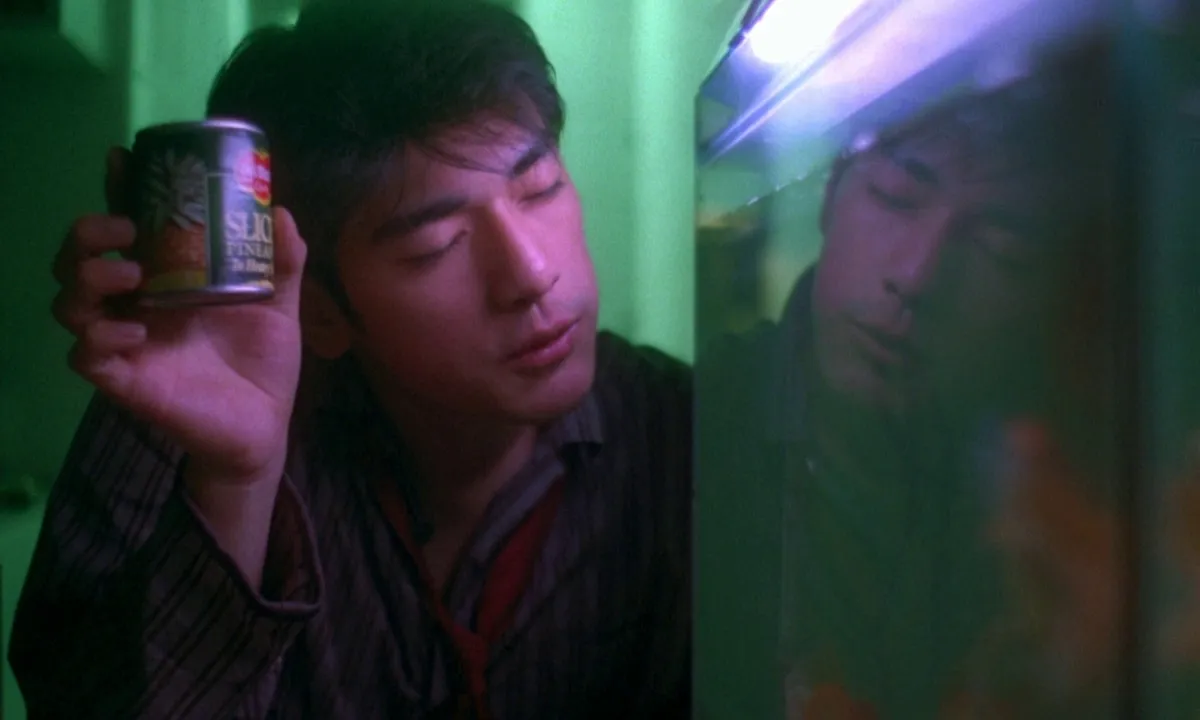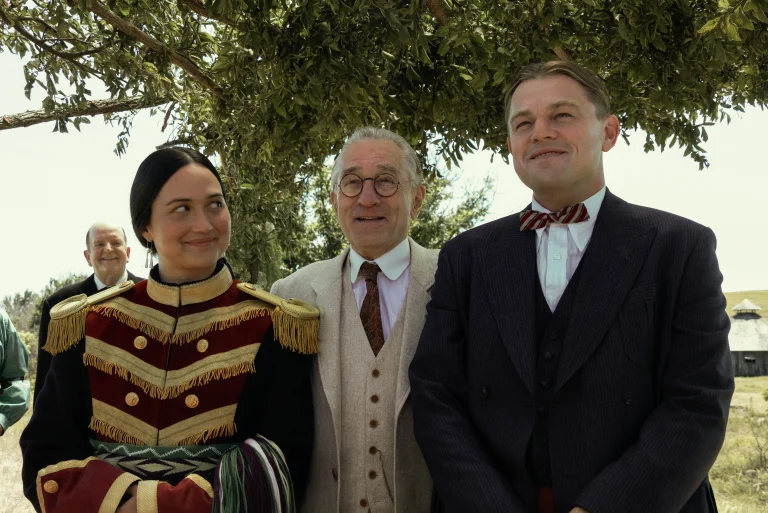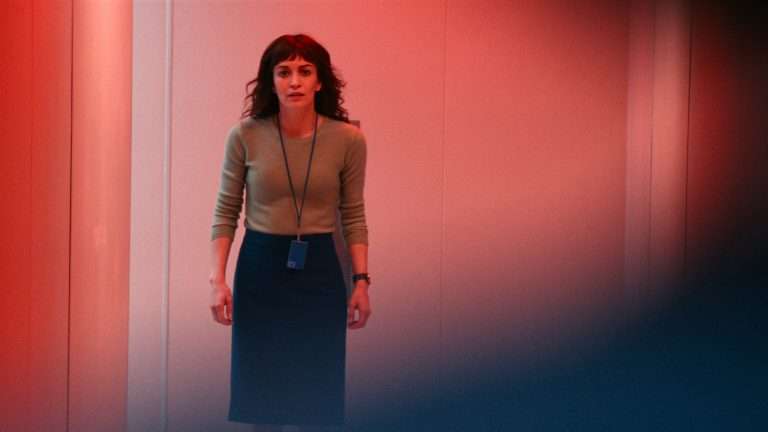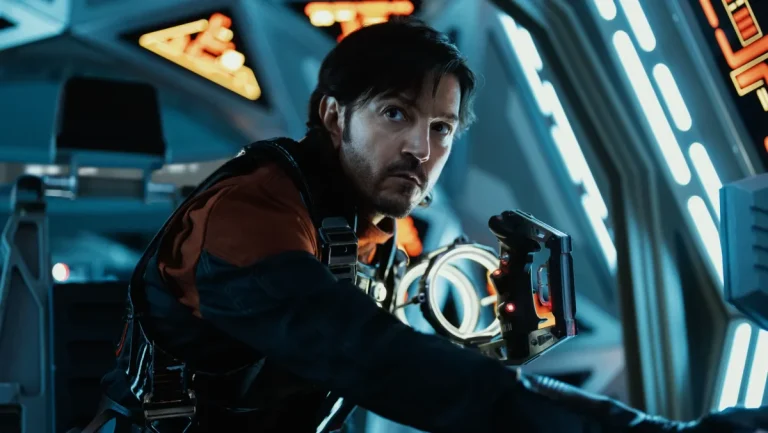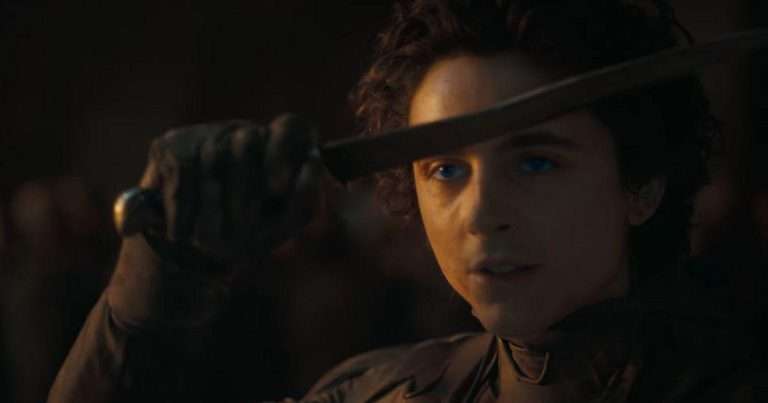Individual motivations course through the narrative, occasionally intersecting in fleeting moments of connection before drifting apart again. This deliberate absence of a singular, driving plot is part of what makes “Chungking Express” so enduringly captivating — its looseness invites personal interpretation, and its rhythmic, ephemeral structure gives the film a rewatchable quality that continues to resonate with audiences. The neon-lit streets of Hong Kong, captured by Wong Kar-Wai in the year 1994, take us to the always-precarious status of the nation, the days of its eventual handover to China approaching nearer every day. Never had Hong Kong any say in deciding its fate, and during this particular period, it was caught in the middle-ground between the forces of colonial rule and an unprecedented unfriendliness from its motherland.
Branded as an “identity-less nation” — a place without a singular past or unified history — Hong Kong became, for Wong Kar-wai and other filmmakers of the so-called Second Wave, a subject to be confronted head-on. Their cinema sought to explore how, despite this fractured historical backdrop, the city forged a distinct cultural identity of its own — one shaped both by its deep-rooted ties to China and by nearly 150 years of colonial rule. Dissecting the title, we get “Chungking” referring to the Chungking Mansions in Tsim Sha Tsui, a crime hotspot mostly occupied by South Asians, and “Express” referring to the Midnight Express, a food chain located in Lan Kwai Fong, both locations functioning as major settings.
This is one of those few films where the mise-en-scène contributes significantly to the storytelling, as the colours, music, and symbols latently provide us with the meaning that remains not only vague but sometimes even buried due to the lack of expression on the characters’ part. Their reluctance to accept how they feel and the disconnect that wavers between their initial behaviour and subsequent action leaves the audience bemused, as we begin to hope, if not predict, for a deeper connection between the characters.
But even while it does mature, or at least we are made to believe it will, it breaks off with an uncertainty which leaves the scope for our imaginative predictions to go any way. We might also say that the citizens of Hong Kong, as a united body, were all guided with the same sense of “not-knowing-what-might-happen” that was at its peak during this period.
Also Read: All Wong Kar-wai Movies Ranked from Good to Best
The opening sequence creates an effect of temporal distortion, and this effect repeats itself throughout, occurring at some of the most pivotal points of the narrative. In terms of scene construction, the recurring motifs operate as subtle yet potent symbols — everyday objects so ordinary and familiar that one might never think to read meaning into them. Yet, through their placement and repetition, they take on layered significance: to one character, they might mark something as intimate and fragile as the death of love; to the film as a whole, they can carry broader political weight. A striking example comes in that brief, charged moment when the blonde woman in glasses tears off her wig after killing the white man — a fleeting gesture that reverberates with the force of colonial reckoning.
However, to someone watching the film for the very first time, what would strike them the most is the vivid cinematography of Andrew Lau and Christopher Doyle; multiple colours sitting perfectly in a single frame, the dominance of even just one hue sometimes. Most of the action shifts back and forth between a few select settings, which enables us, as an audience, to familiarise ourselves with those spaces. The food counter, the convenience store, and Cop 663’s apartment — spaces that appear across both narratives — evoke a shared sense of belonging, places that feel lived in rather than merely inhabited. For many filmmakers of that era, this was a central concern: to depict Hong Kong not just as a transient urban landscape, but as a place its residents could claim as home, a space they could return to.
Upon the re-watch, this symbolic use becomes more apparent when we notice the characters from the second story present within the first. The same applies to the music as well; the soundtrack has only a few songs, which are played through the entirety of the film, the song “California Dreamin’ ” being repeatedly played by Faye, channelling her dream of someday going to the said place. Costumes, too, tell something about each of the protagonists. Dressed always in a raincoat and sunglasses, the blonde woman mentions, “You never know if it’s going to be sunny or rainy,” revealing a sense of uncertainty linked with her profession, which is also incidentally associated with the political anxiety faced by the nation.
And perhaps it wouldn’t be too far-fetched to say that Faye represents a certain chunk of citizens who could never feel as belonging to their own country. This gets expressed in her subsequent choice of profession as well. Working as a stewardess on an airplane, the only thing that remains constant is her uniform; her destination is always to-somewhere-else.
At its core, the whole film is about knowing people and how circumstances may bring them together, throwing one another in an unprecedented manner in the other’s way. Both of the stories center around two police officers who haven’t been lucky lately as far as romantic love goes. While we are provided with some very crucial details about the lives of these men, the women who later come into their lives out of sheer chance remain unknown to us.
Read: 10 Movies With A Surprising Second Half
The first story centers on Cop 223 and the woman with blonde hair and sunglasses – the first character we see on the screen and know nothing about except her risky living as a drug trafficker. Through her activities, we get a picture of the dark underbelly of the Chungking Mansions, where we see her involved with Indian immigrants, using them to smuggle drugs, only to be duped herself. Here we are also provided with an insight into one of the many multi-cultural aspects of Hong Kong – the language, the music, telling us how co-existence worked between people coming from drastically different origins.
Rejected by his former girlfriend, May, He Qiwu buys a can of pineapples every day with the expiry date of May 1st, with the logic that when the day comes, their love will expire too, like the cans of pineapples he had collected over a month. The day comes, which is also his birthday, with no wish from May. In an attempt to move on, he desperately tries calling all of his former romantic interests, and when none of them respond in the affirmative, he goes to a bar and decides to fall in love with the first woman who walks through the door, who happens to be the blonde woman, and is also the first one to wish him.
The two stories are tied together with just a single sentence at the transition point, and the manager at the food counter serves as a conduit between the two. Cop 223 is bumped into by the new waitress, Faye, and from there starts the second story. Another policeman at hand, with badge number 663. Everyone at the food chain knows about his recent breakup, including Faye, who quietly slips into his apartment while he’s away. She rearranges, cleans, and subtly redecorates the space, yet he remains oblivious to the changes, so absorbed is he in his work and in the lingering absence of his partner.
Wong Kar Wai departs from almost all the usual methods of storytelling that go behind classical narrative cinema and employs a non-linear structure with two plots and two sets of protagonists connected ever so subtly, to be discovered on repeated viewings. “Chungking Express” seeks to portray Hong Kong as a city that fosters a deep sense of belonging, reflected through its characters who, much like the city itself, arrive without fully defined backstories. This is heightened by the use of internal monologues, delivered as the characters carry out their everyday tasks. The effect is a delicate separation of mind from action — the characters’ thoughts drift independently, yet remain intimately entwined with the world around them.

